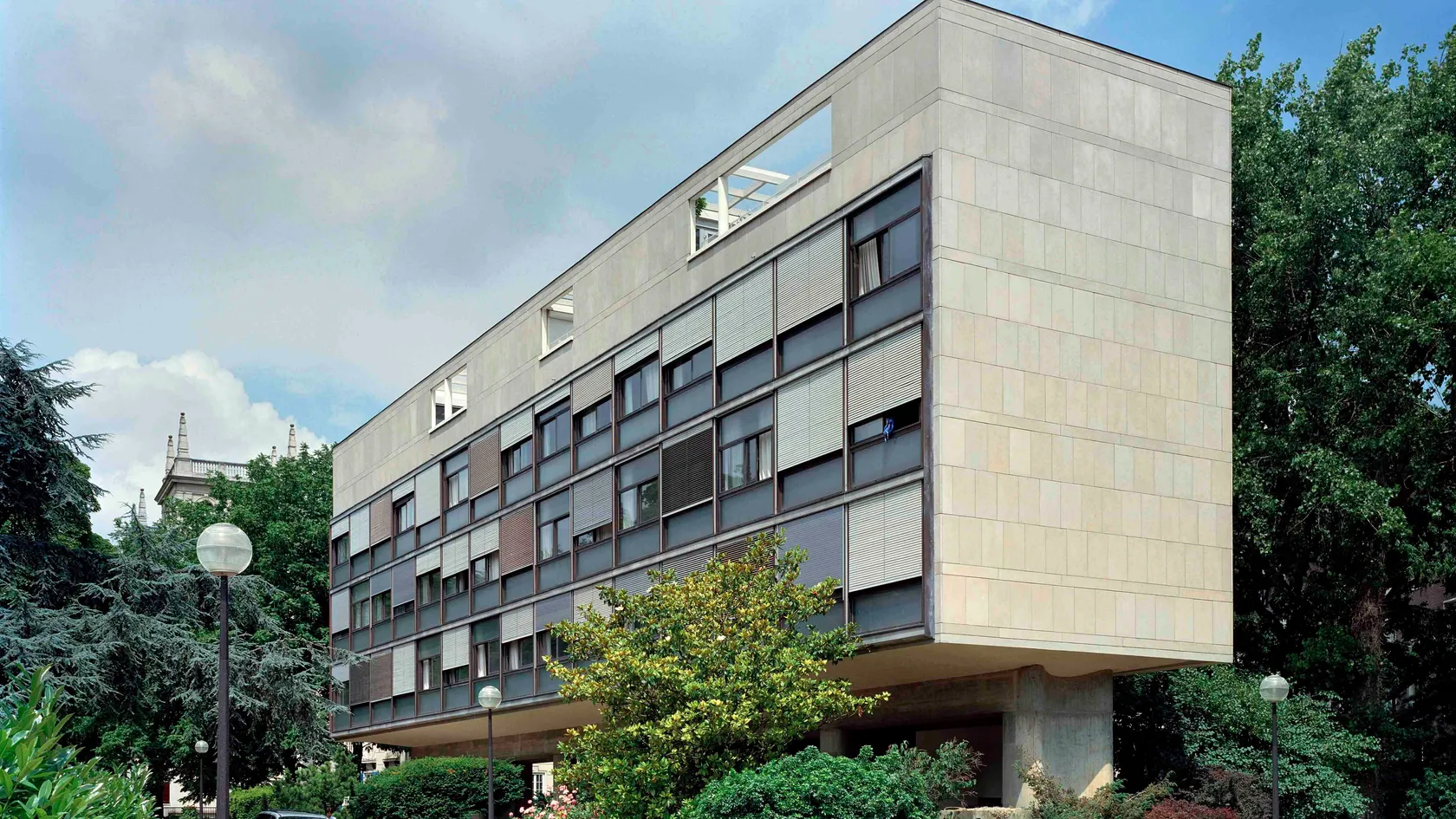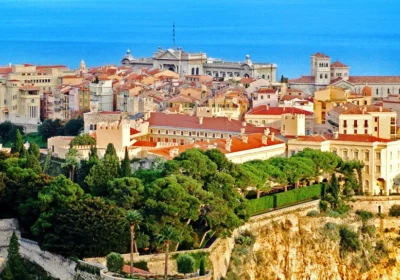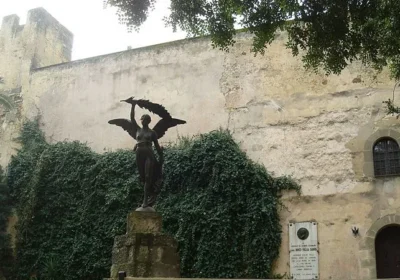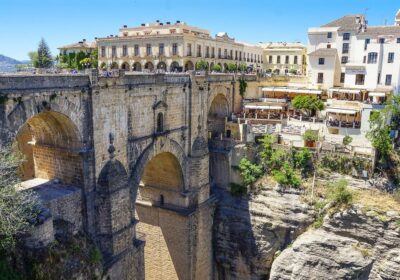Le Corbusier (Charles Edouard Jeanneret-Gris) – French architect of Swiss origin, one of the most notable architects of the XX century, whose life linked two centuries in the history of modern architecture, the creator of innovative buildings in the spirit of modernism.
He was one of the first to use in his buildings reinforced concrete frame, roof terraces, large planes of glazing on the facade, open supports in the lower floors of buildings, free floor plan. Le Corbusier’s views, set out by him in numerous books, as well as his buildings had an exceptional influence on the entire practice of architecture of the new time.
While he practiced as an architect, Le Corbusier also worked as a painter and writer. In painting, his name is associated with Amadé Ozenfant, who belonged to the school of Purism, one of the many movements that grew out of Cubism. In 1920 Le Corbusier founded with Ozenfan the magazine L`Esprit Nouveau (“New Spirit”), for which he wrote a large number of articles in support of his architectural theories. These theories were developed between 1920 and 1925 and culminated in his concept of the ideal house as a “machine for living”. This is when his pseudonym, Le Corbusier, first appeared.
Beginning in 1922, Le Corbusier built several small structures in the vicinity of Paris in a completely new style in terms of plasticity, composition and form.
As a functionalist, Le Corbusier broke with the forms and designs of historical, classical styles and discerned a new style for the 20th century, based on new engineering technologies in the construction of bridges and steamships, on modern materials (reinforced concrete, sheet glass and synthetic materials), and on modern requirements such as urban planning and house designs.
Le Corbusier formulated 5 starting points of modern architecture: 1. The column supporting the dwelling and freeing up the area beneath it. 2. Solid horizontal ribbons of windows. 3. Free interior layout. 4. Free composition of the facade, rendered in front of the frame. 5. Garden on a flat roof. These principles guided many architects of the XX century. Le Corbusier embodied these principles in the Villa Savoy (1928-1930) and in the so-called “residential unit” – 17-story apartment building in Marseille (1947-1952). The building had a huge impact on the further development of architecture.
The most famous buildings created by Le Corbusier, are the Palace of the League of Nations in Geneva (1927-1928), the Swiss building campus in Paris (1931-1932), the Chapelle Notre-Dame-du-Haut in Ronchan (Chapelle Notre-Dame-du-Haut) in France (1950-1955) and the master plan of the city and the ensemble of government buildings in Chandigarh in India (1952-1956). In Russia, Le Corbusier designed the building of the Centrosoyuz on Myasnitskaya Street (1928-1933, with the participation of architect N.D.Kolli). He also owns one of the projects of the Palace of Soviets. Among the buildings of Le Corbusier 1930s – early 1940s – the building of the Salvation Army Center in Paris (1932-1933).
He was also a member of the team of architects designing the United Nations building plan in New York; the tall, glass Secretariat Building is predominantly a Le Corbusier design. His literary works include Vers une architecture (Toward a New Architecture,1927), La maison des homes (The House of Man, 1942), and Quand les cathédrales étaient blanches (When Cathedrals Were White, 1947). Le Corbusier died in Roquebrune-Cap-Martin, France, on August 27, 1965.

















